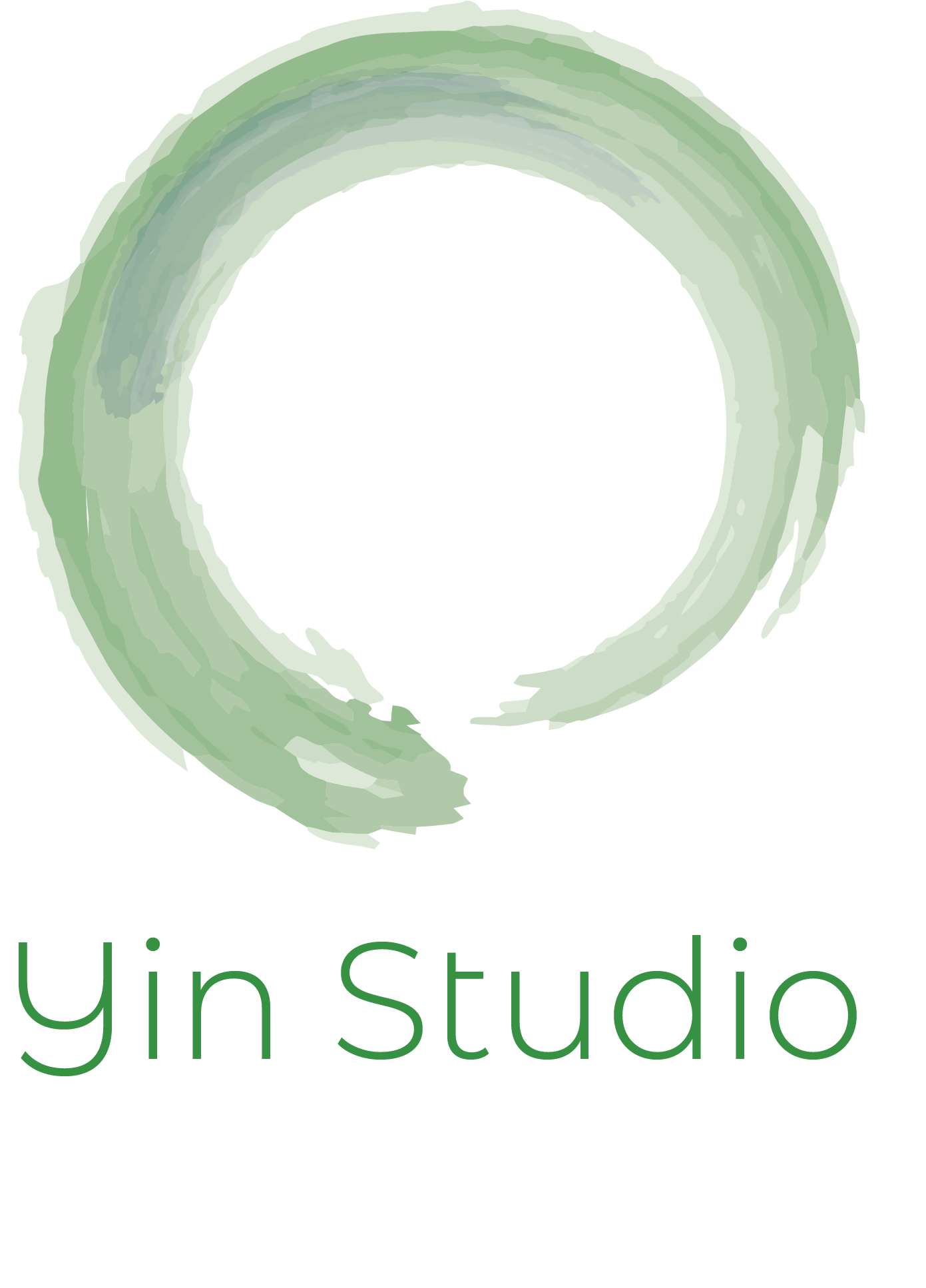The Difference Between Chinese Medicine, Acupuncture, and Dry Needling
There are many people who get confused over the difference, or whether there is a difference, between acupuncture and Chinese medicine. To throw more confusion into the mix, there are now people offering something called dry needling, which seems suspiciously like acupuncture despite its name. So, what is the difference between these terms?
Traditional Chinese Medicine
Starting with the broadest in practice is Chinese medicine. It’s also called traditional Chinese medicine, or TCM. This is an entire healing paradigm that’s based on Taoist philosophy and the belief that your body’s organs are systems that mutually support each other. In order to be healthy, your organs must function effectively and be in balance with your body’s other systems. In addition, your body is powered by energy (Qi) which moves in pathways. When this energy is weak, becomes blocked, or becomes overpowering, physical and emotional symptoms and disease develop. Practitioners of Chinese medicine perform a detailed diagnosis with their patients to uncover the underlying source of the problem that’s causing their symptoms or illness.
Acupuncture and Chinese Herbal Medicine fall under the category of traditional Chinese medicine. Other healing practices based on the theories of TCM are Chinese food therapy, cupping, gua sha, warming with moxibustion, and massage-like tui na.
While the underpinnings of Chinese medicine are thousands of years old, this doesn’t mean that practitioners are stuck in the second century. Acupuncturists and practitioners of Chinese medicine also base their treatments on current research and clinical evidence. Fortunately, more and more research is becoming available on the effectiveness of this medicine and the physiological impact these healing practices have on your body.
Acupuncture
Acupuncture can mean one of a couple of things. First, it is a healing practice that is a part of TCM. However, acupuncture can, and is, practiced in the absence of TCM. Western doctors, chiropractors, and other practitioners may perform acupuncture using the energetic pathways and acupuncture points along those pathways without much training or knowledge in TCM diagnosis or theory. In this case, acupuncture treatments are based on symptom relief only and are often used for treating musculoskeletal conditions.
Medical acupuncture is acupuncture performed by medical doctors who have training in acupuncture. Their treatment strategies are often evidence-based, which means that they may only employ treatments that have been proven to be effective by scientific research. This can be a double-edged sword. While it’s prudent to perform treatments based on the science behind it, there are many health conditions that acupuncture may help, but the research does not yet exist.
Dry Needling
Dry needling is a term that carries some controversy. It is essentially needling patients with acupuncture needles, but with no or very little training in acupuncture, energetic pathways, or acupuncture points. Dry needling is often used by physical therapists and chiropractors to release muscle knots and trigger points. It is almost always used for treating musculoskeletal conditions, and treatments are very much symptom-related.
The controversy behind dry needling is that many professionals believe that dry needling is actually a term coined so the people performing it can bypass any kind of meaningful training. By calling what they do “dry needling,” they are technically not performing acupuncture, but some other procedure that looks exactly like acupuncture and uses the same needles.
Education
The difference in education between practitioners of TCM, acupuncture, and dry needling can vary widely. Practitioners of TCM have somewhere between 3,000 and 4,000 hours of training, with about 600 of those hours in the clinic. A medical doctor performing acupuncture can do so after 100 to 200 hours. A chiropractor, physical therapist, or massage therapist can perform dry needling after about 30 hours of training. Because of the wide disparity in training, before any practitioner places needles in your body, I would ask them about their specific training to do so.
Ironically, even though there are clear distinctions between TCM, acupuncture, and dry needling, those lines are becoming blurred. Eastern and Western philosophies are merging. Acupuncture is being performed in hospital emergency rooms. Western medications have been and continue to be developed from Chinese herbs. Olympic athletes are turning to cupping as a way to recover after workouts. Patients are learning that this medicine has benefits and are seeking it out. And that’s a good thing.
